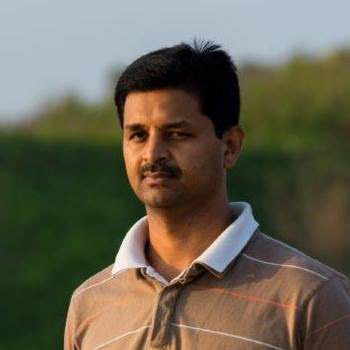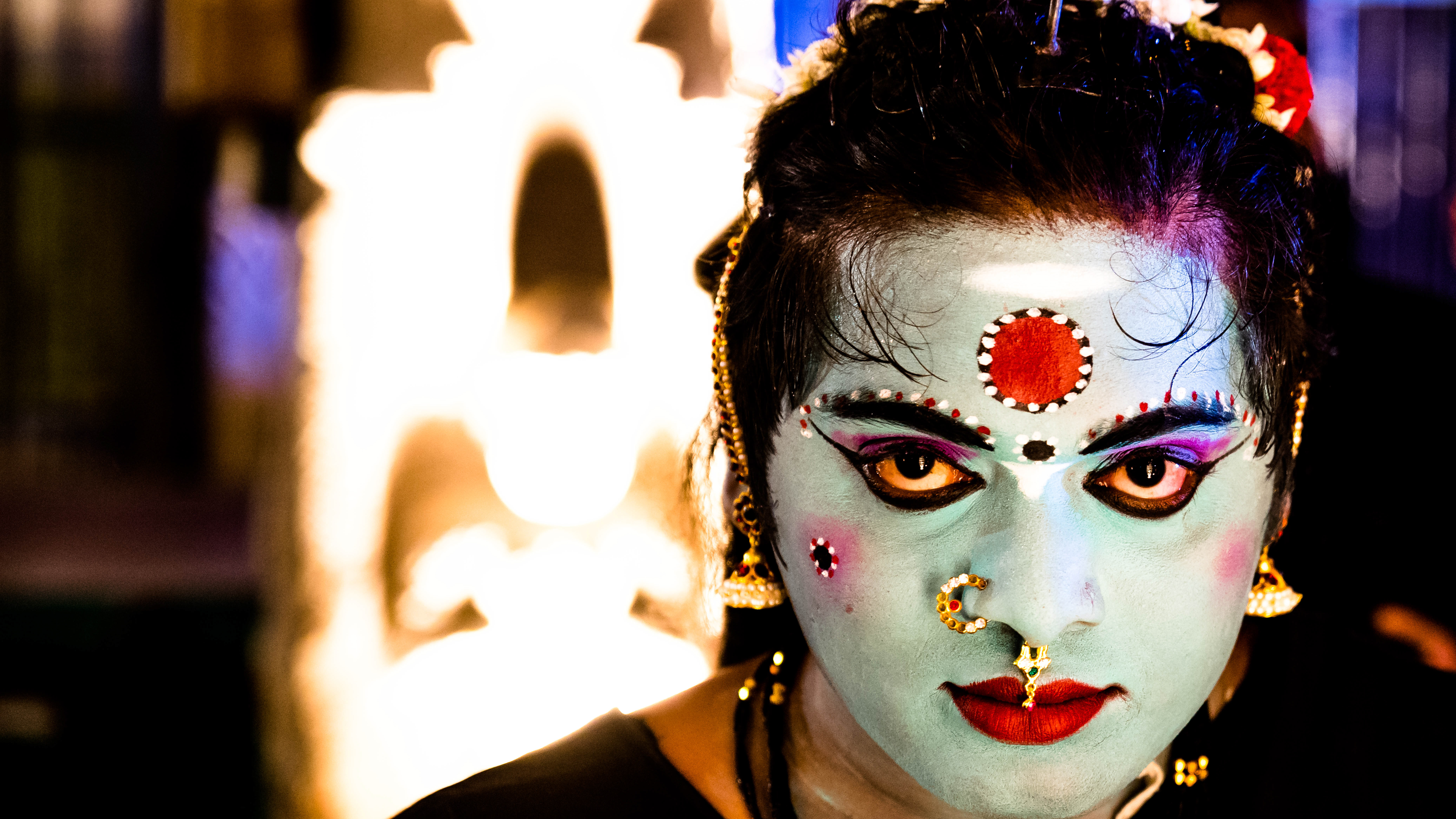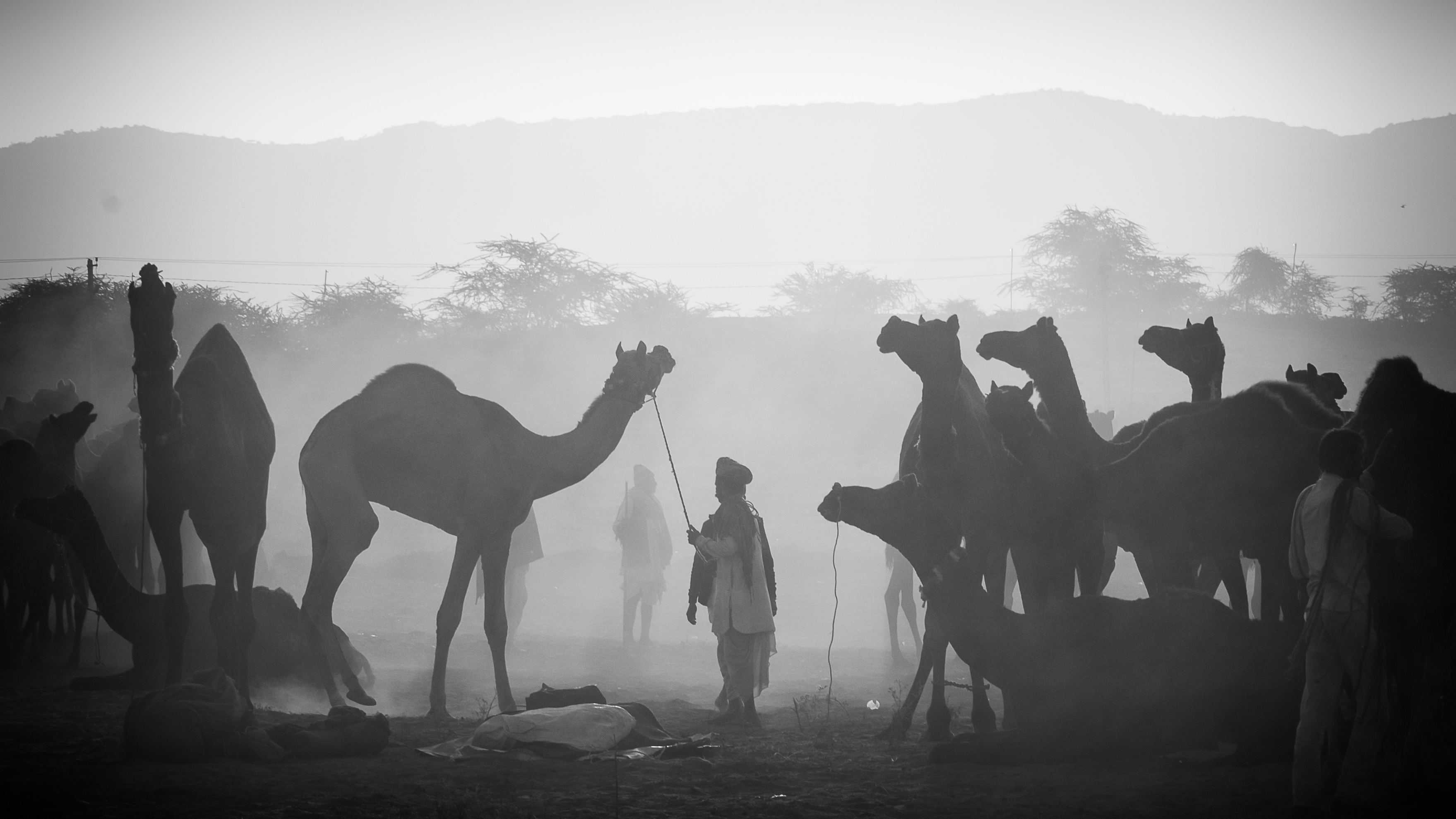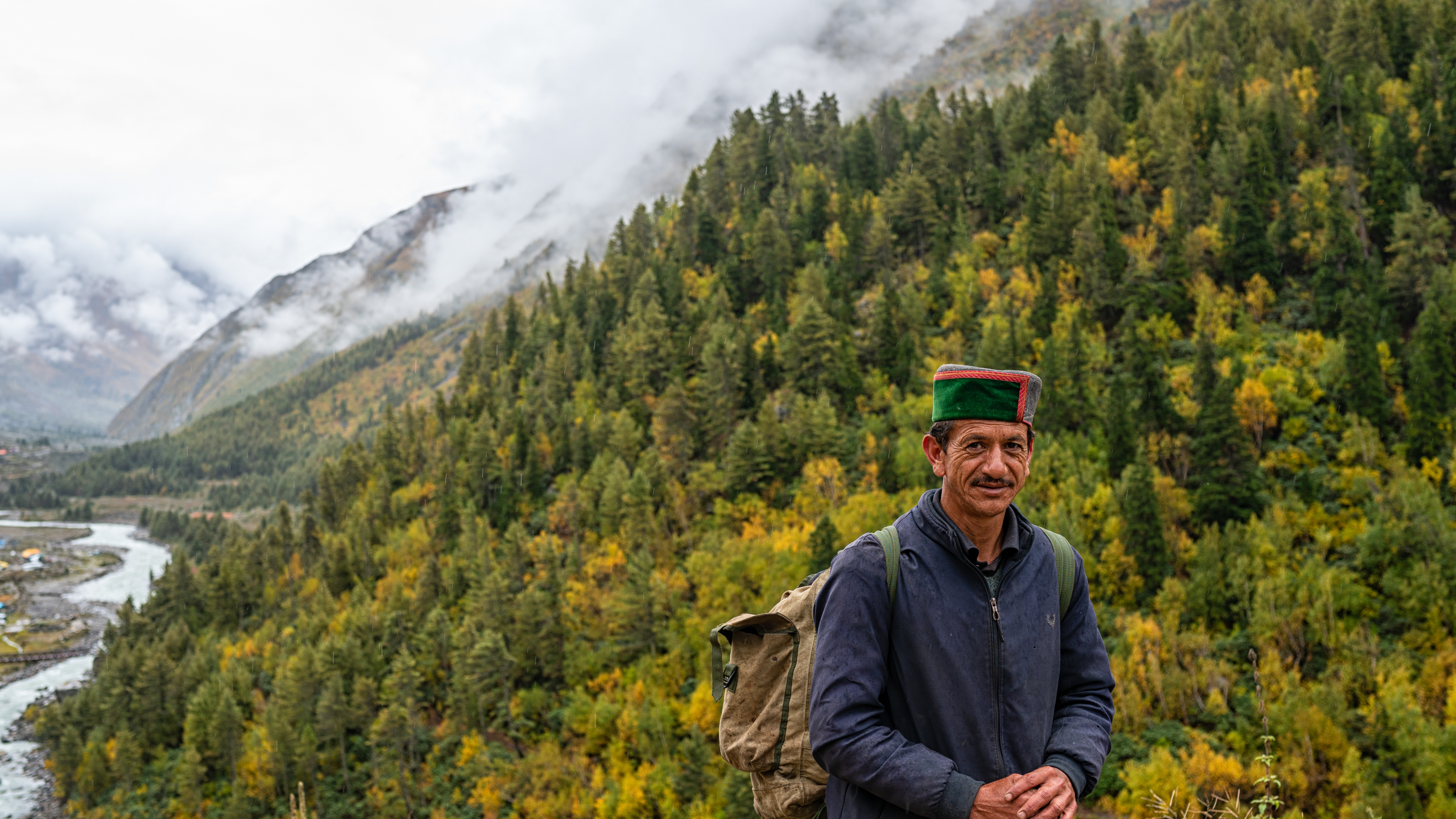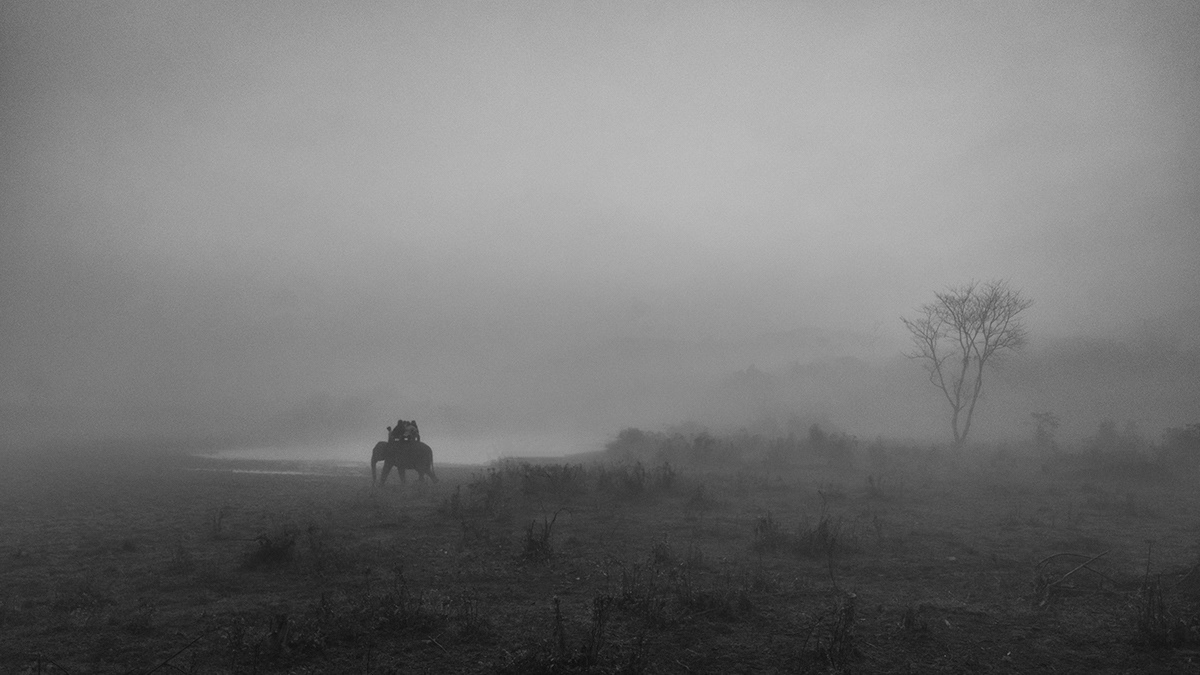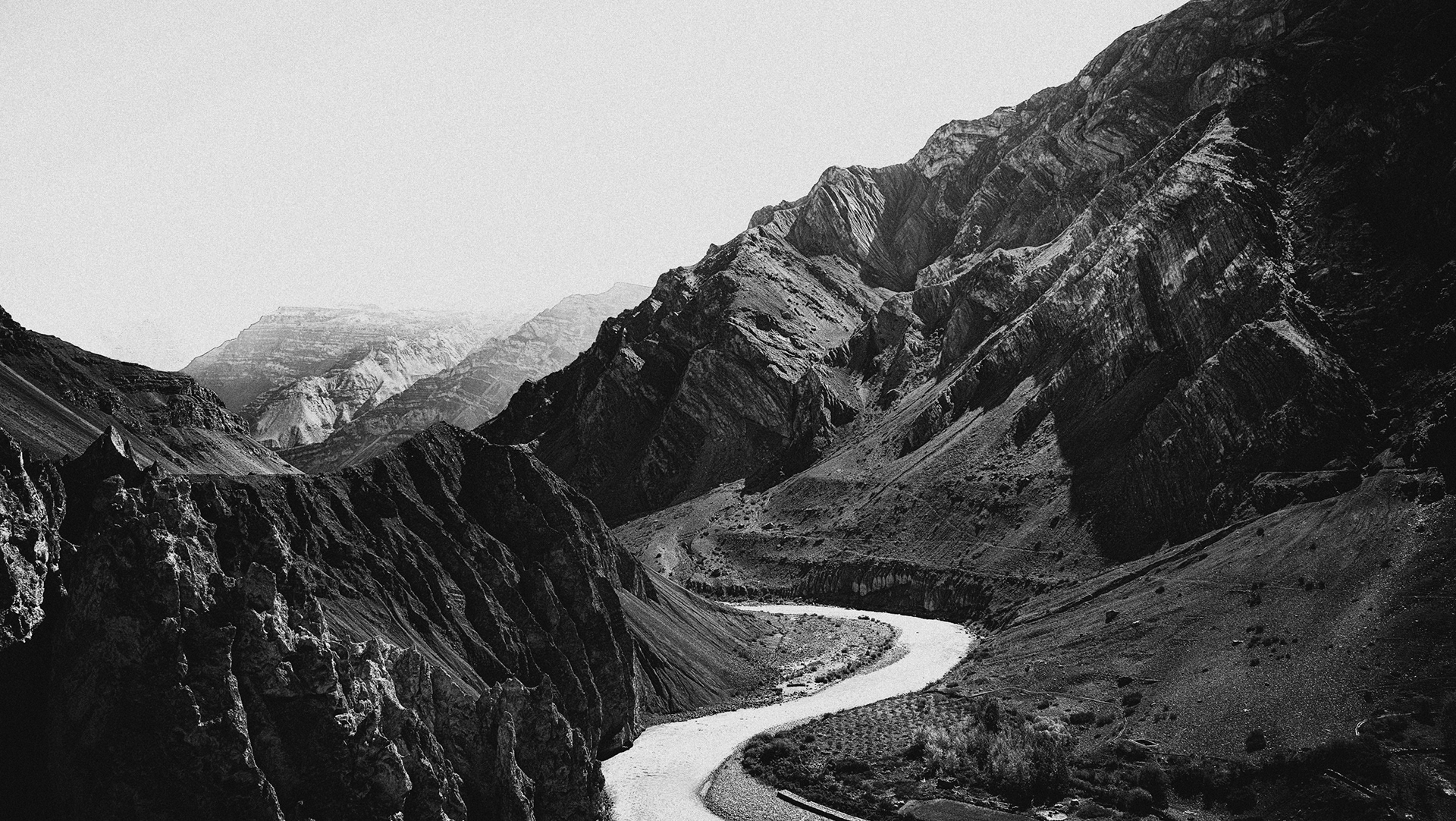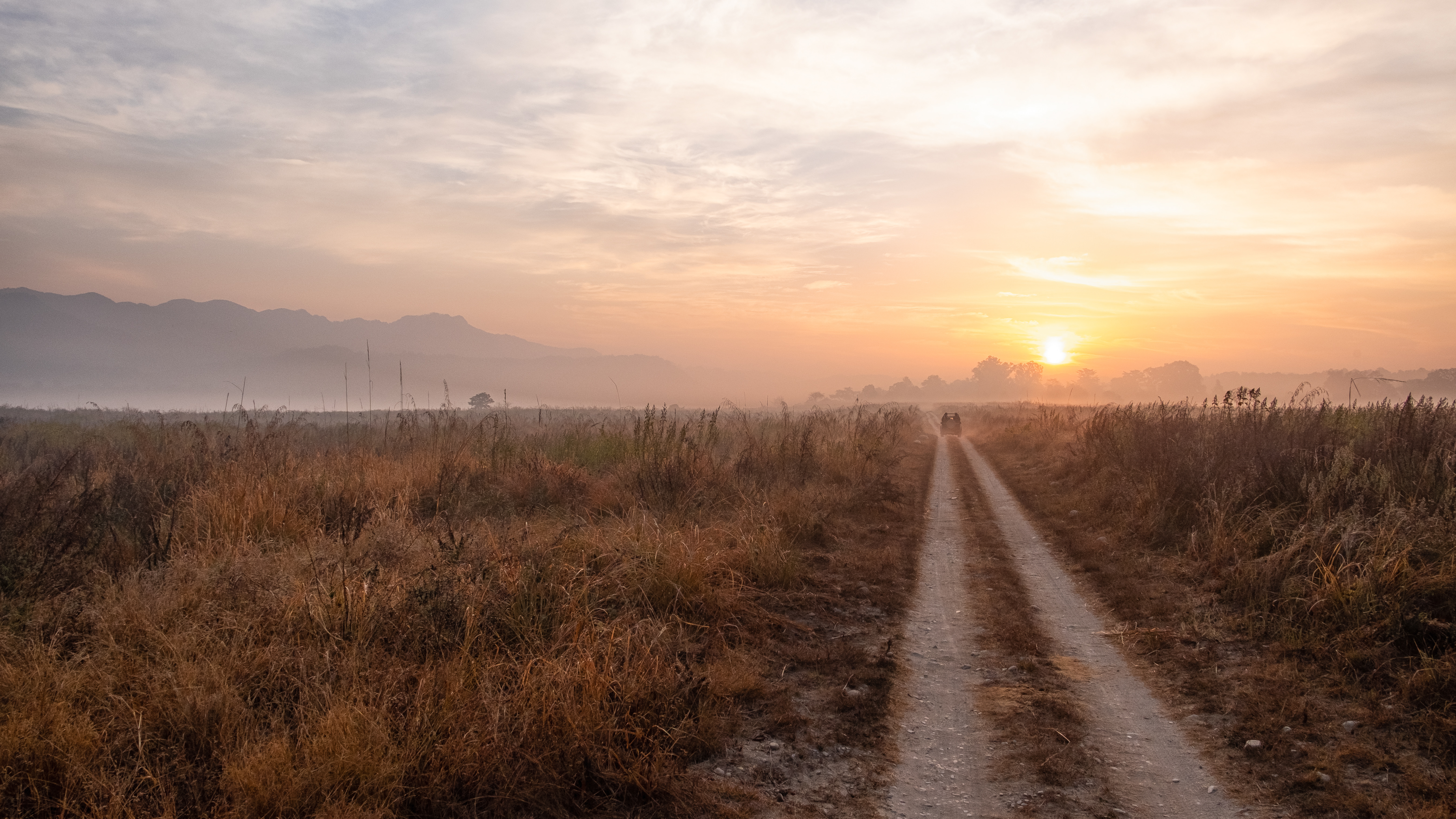The Theyyam typically starts in the evening time, and the priests in the temple lighting up the lamps. These temples are also called "Kavu", are very small and do not have any separate idols. They only contain instruments that are worshipped as Gods.
All the performers, including the Theyyam artistes and musical troupe, assemble in front of the temple and perform obeisance and take permission to start the proceedings.
Then the make up is applied to the performers, typically in a makeshift room nearby the temple or Kavu.
Once the makeup is complete, the Theyyam is brought outside for public view, and perambulated outside the temple, with the musical accompaniment in tow.
Depending on the type of Theyyam, the stage is set for the performance. The fire ritual is for Kandanar Kelan type of Theyyam, that is the most fiery one. Legend has it that Kelan was a hunter, who was rescued from the fire by another spirit called Wayanatu Kulavan.
The highlight of this theyyam is when Kelan arrives at the scene, to the sound of drums and screaming of his cohorts...the fire is in full flame, and the heat is oppressive enough to singe anyone standing nearby!!
Interestingly, there seems to be a conversation between the Theyyam and the Fire... looks like as if he is looking at taming the Fire!!
To keep the fire from getting extinguished, dried branches and twigs are loaded into at regular intervals and the flames are stoked sky high...enough to melt your cameras if one is not careful...
The Theyyam performs multiple dances and twirls around the fire for the next one hour or so...
The highlight of the event is, as per the legend, when Kelan is burnt into ashes while entering the fire...
Another Theyyam is called Gulikan. This version is pretty tame compared to Kelan. He gets to wear a tall headdress, as tall as the coconut tree,
Lamps are lit all over Gulikan around his torso, and the heat must be overwhelming!!
Gulikan perambulates around the temple, all the while his cohorts keep replenishing the oil on the wicks..
His cohorts keep pouring oil on the flames, to keep it burning..
At the end of the night, after the ritual is over, it takes humans to lift the Gods, after the exhausting performance!!
